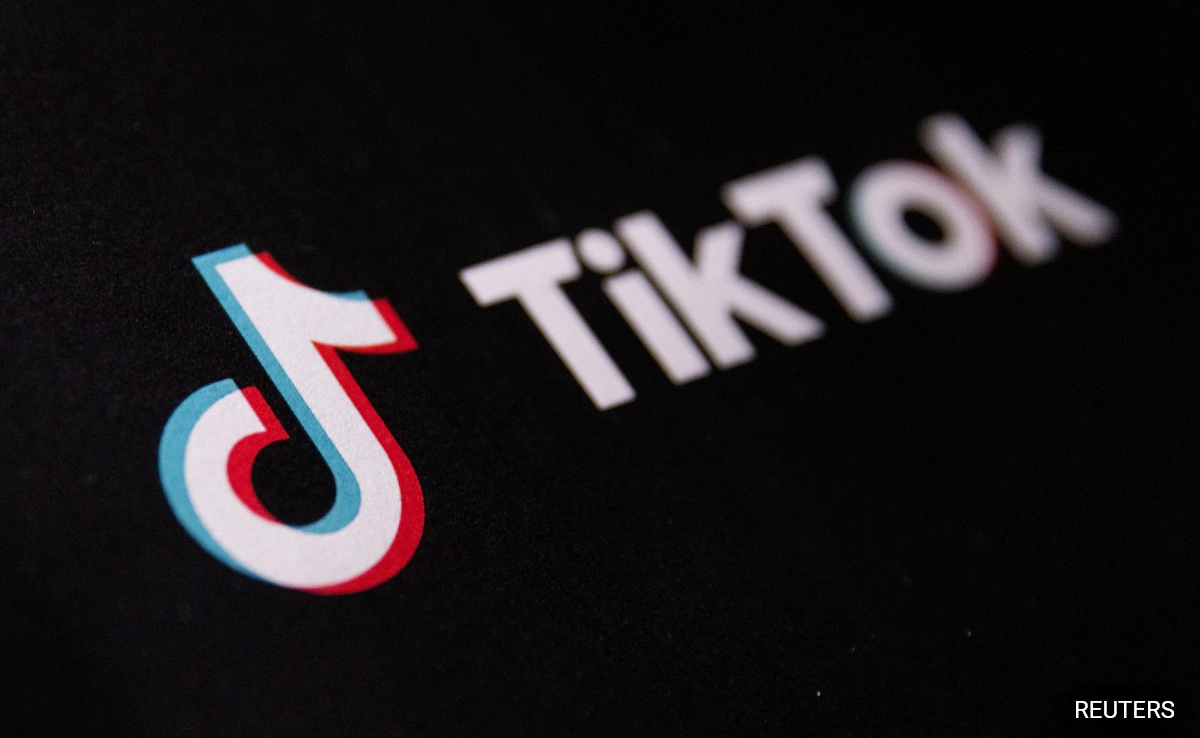TikTok’s viral fear food challenge aims to aid eating disorder recovery, but experts warn about potential mental health risks without professional support.
Imagine facing your worst fear – but it’s on your plate.
No, we are not talking about the reality stunt game TV show, Fear Factor, where contestants eat disgusting and unsavoury things as part of a challenge to win prizes.
An unusual trend has emerged on the social media platform, TikTok.
The ‘fear food challenge’ or #fearfoodchallenge is designed to help people struggling with eating disorders.
This challenge involves an individual, usually someone recovering from an eating disorder, putting their courage to the test by randomly selecting a food item from a “fear food jar”.
They then devour the foods they dread most in front of a camera. The foods are often high-calorie items such as burgers, tacos or chocolate bars. To date, the hashtag #fearfoodchallenge has accumulated over 470 million views.
Fear of food, which results in restriction or avoidance of certain foods is one of the signs of an eating disorder. Although eating disorders can occur at any age and affect any gender, they commonly begin in adolescents (10 to 19 years old) and young adults (up to 24 years).
People with medical conditions that affect appetite and digestion (for example, irritable bowel syndrome and inflammatory bowel disease) and diabetes have a higher chance of developing eating disorders.
Treatments addressing psychological aspects are the first-line options to treat eating disorders, including the commonly known Cognitive Behaviour Therapy (CBT).
The psychological treatments normally involve cognitive restructuring or remediation, exploring beliefs, and managing mood symptoms. Hospital care is crucial for critical cases of eating disorders.
Closely related to the fear food challenge is a form of exposure-based therapy. It is a form of CBT therapy using the exposure and response prevention theory in the clinical setting.
The “exposure” component practices confronting the feared thoughts, images, objects, and situations. The “response prevention” part refers to making a choice not to behave compulsively towards the fear. It is a common approach to treat an anxiety disorder, named as Obsessive Compulsive Disorder.
A crucial part of the therapy is the guidance from a trained therapist especially in the beginning stages. The treatment aims to retrain the brain to no longer see the object as a trigger of fear.
Learning models support the potential usefulness of exposure-based therapy to reduce food fear in eating disorders. However, the fear food challenge videos are often filmed alone, although sometimes with a friend or a close confidant, but without any specially trained person in exposure-based therapy.
Viewers watching these videos might leave negative comments, potentially worsening the mental health of the person recording the video who is already struggling with eating disorders. The effect of filming fear food challenges can backfire to create more distressing episodes.
Although research showed promising effects in the aspect of exposure to the feared object, a clear risk is seen in the fear of food challenges when there is a lack of supervision from a trained person.
Findings in a related study do not favour the use of social media in addressing eating disorders, as often there is a lack of components focused on self criticism, self perception, self esteem, body image and nutritional management, all of which are crucial for the recovery from eating disorders.
The fear food challenge can be beneficial in learning about the experience of eating disorder problems. It can be seen as raising awareness about the medical conditions and, hopefully, this increases empathy towards those suffering from eating disorders. However, proper media literacy skills are a crucial pre-existing condition for the viewers when anticipating any positive outcomes from using social media.
Effective psychological therapies for adults should be guided by trained professionals as the therapies are structured to target intrapersonal (within the individual) and/or interpersonal (with other individuals) factors and beliefs, along with mood symptoms management, especially in the beginning stages.
Guidance can be in the format of self-help workbooks developed by experts, meeting with mentors (who can be trained non-specialist individuals such as peers or non-mental health professionals), reading or listening to successful and motivational stories from blogs and podcasts by peers, and joining support groups.
The fear food challenge can be an inspiration for people struggling with eating disorders as a starting point for exposure therapy. However, the success of recovery from eating disorders is more effective if it is done with adequate check-ins or monitoring by a trained peer or specialist.
(Originally published under Creative Commons by 360info)












